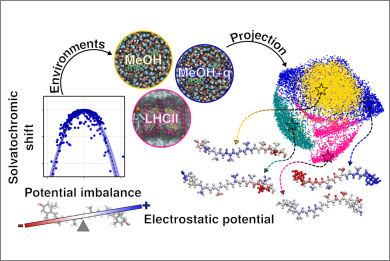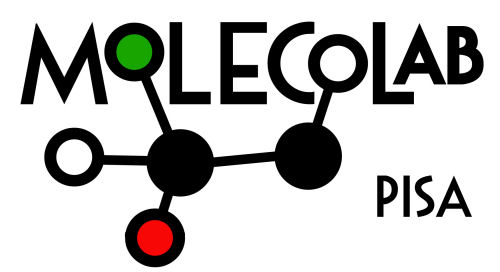
Solvatochromism occurs in both homogeneous solvents and more complex biological environments, such as proteins. While in both cases the solvatochromic effects report on the surroundings of the chromophore, their interpretation in proteins becomes more complicated not only because of structural effects induced by the protein pocket but also because the protein environment is highly anisotropic. This is particularly evident for highly conjugated and flexible molecules such as carotenoids, whose excitation energy is strongly dependent on both the geometry and the electrostatics of the environment. Here, we introduce a machine learning (ML) strategy trained on quantum mechanics/molecular mechanics calculations of geometrical and electrochromic contributions to carotenoids’ excitation energies. We employ this strategy to compare solvatochromism in protein and solvent environments. Despite the important specifities of the protein, ML models trained on solvents can faithfully predict excitation energies in the protein environment, demonstrating the robustness of the chosen descriptors.
Arcidiacono, A.; Cignoni, E.; Mazzeo, P.; Cupellini, L.; Mennucci, B.
J. Phys. Chem. A, 128, 18, 3646–3658 (2024). https://pubs.acs.org/doi/full/10.1021/acs.jpca.4c00249

